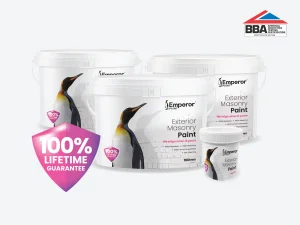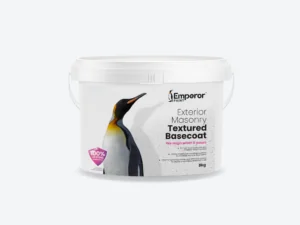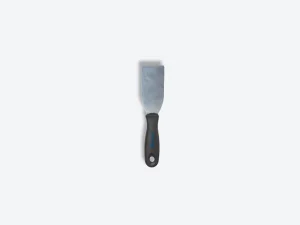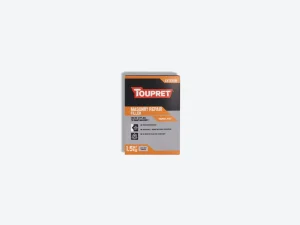How To Apply Textured Paint To Exterior Walls
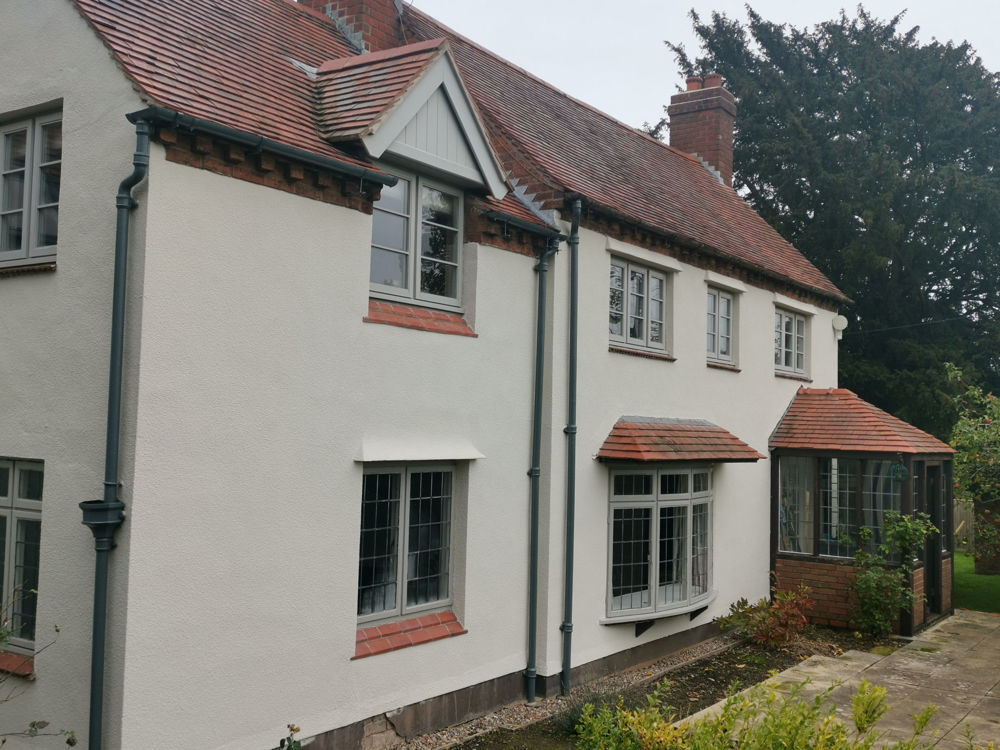
Decorating exterior walls is one of the first jobs on many homeowner’s summer DIY lists as the warmer weather provides the ideal opportunity outside and freshen up your home. What can often cause confusion is the various textured finishes that you may come across when tackling exterior walls and how textured finishes are created, maintained and repaired.
To help you through the process our experts have put together our complete guide to textured paints and how to apply textured paint to exterior walls, so you can find everything you need to know in one place.
Textured Paint Vs Smooth Paint
The first place to start when covering textured paint is what is it and how does it compare to smooth paint? In the UK, various finishes have been used on exterior walls, from smooth renders to heavily textured renders such as pebbledash. Rougher textures have often been used both for appearance purposes and for added durability, which is why they are popular in rural and coastal areas.
When it comes to paint for exterior walls these paints are called masonry paints. They are specifically designed to be applied to masonry, render or other exterior walled surfaces and have higher levels of durability and weather protection.
Smooth masonry paints are primarily the paint of choice for painting any exterior wall as they are easy to apply and simply cover the texture they are applied to without changing this texture. This means if a smooth masonry paint is applied to a smooth render, it will remain smooth, if it is applied to a heavily textured pebbledash, it will remain heavily textured.
Textured masonry paints contain added grit within the paint to create a different level of consistency. When applied to surfaces, textured masonry paint can create a different finish to the one that already exists on the wall, which also helps to cover hairline cracks and other imperfections that a smooth paint will not be able to hide.
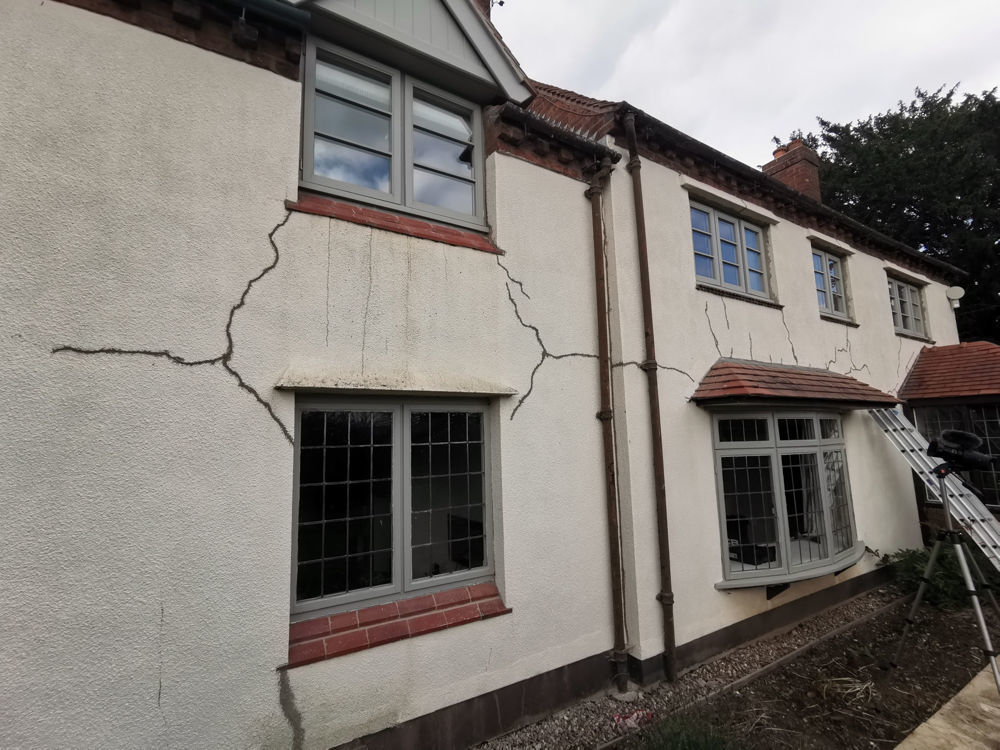
Choosing Between Smooth and Textured Masonry Paint
There are a number of things to consider when deciding whether to use a smooth masonry paint or a textured masonry paint.
STYLE
The finish you achieve has a huge impact on the style of your home. Modern properties generally have smooth finishes, whereas more traditional, rustic properties often have a textured finish. Utilising different finishes is a fantastic way to impact the overall styling and feel of your home.
THE EXISTING SURFACE
The surface you are decorating plays a key part in deciding how best to approach the finish you want to achieve. If you already have an existing textured surface that suffers from cracking and needs repairs, using a textured paint will help disguise these imperfections. Equally, if you have a textured finish or a smooth finish that is sound and you want to maintain this texture, using a smooth masonry paint is the best option as you simply need to coat the surface.
THE QUALITY OF THE PAINT
While texture is an important part of painting exterior walls, the quality of the paint is the most crucial thing to consider. Textured paint and smooth paints aren’t always equal in quality.
Generally, in the UK, standard masonry paints are acrylic-based. The problem with this is that acrylic-based masonry paints will uptake moisture as they often aren’t highly resistant to moisture. For this reason, they are often described as water resistant & weatherproof as they will actually absorb moisture over-time. This not only causes discolouration but can also lead to further problems as the acrylic within these paints often mean they have low breathability. When the moisture absorbs into the paint it can become trapped under the paint film, eventually causing the paint to peel & flake.
TIP: An SD rating is a breathability measurement that shows how much water vapour can pass through a surface. The lower the SD value, the higher the breathability. Generally, anything below 0.5 is considered breathable, however ensuring this rating is as low as possible is crucial for the performance of your home.
Most standard masonry paints are acrylic-based due to the fact that these are easier and cheaper to manufacture, generally coming with lifespans anywhere from 1-10 years.
More advanced silicone-based paints are designed for higher levels of performance as they have better resistance to moisture as well as higher levels of breathability. This allows them to resist failure much better than standard masonry paints, which is why they come with lifespans of 25+ years without failing.
In the UK, textured masonry paints are much less common than smooth masonry paints meaning there are less options when it comes to paints to choose from. Those textured masonry paints that are available may not have the same level of performance, meaning you may have to compromise the long-term performance for the finish you want to achieve.
The Best of Both Worlds
We knew how important both performance and the flexibility to choose a finish is when we were developing our innovative exterior products, which is why we offer both smooth and textured products in our masonry range.
Instead of compromising, we offer both a textured basecoat and a smooth masonry paint. This means that textured finishes can be created using the basecoat, which can then be overcoated using our smooth masonry paint which can be used on smooth or textured surfaces to create a beautiful, long-lasting finish.
EMPEROR MASONRY PAINT
Emperor Masonry Paint is a coloured, smooth masonry paint which contains what we call Emperor nano-technology. This cutting-edge silicone-based formulation lines the pores of masonry and render without sealing these pores, ensuring water vapour can naturally pass through the surface for full breathability. With an SD breathability rating of 0.03, the paint has a similar level of breathability to limewash.
Crucially, Emperor Masonry Paint isn’t just breathable, it also helps prevent the moisture entering the exterior wall in the first place. It creates what is known as a super hydrophobic surface, which causes water to form beads on the surface which simply roll away. This reduces water absorption by 96% and ensures water cannot get beneath the paint film which is what causes paint failure in the majority of cases.
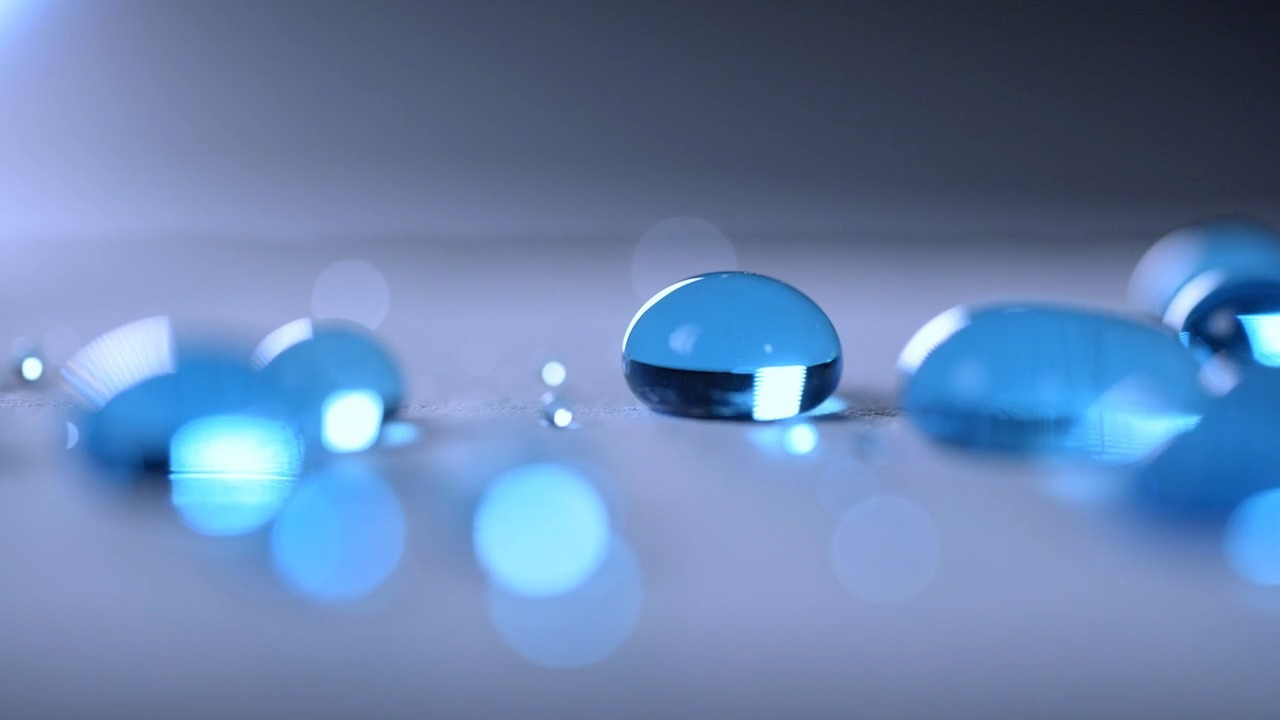
The combination of super hydrophobic and highly breathable properties give Emperor Masonry Paint extreme durability in all weather conditions. In independent UKAS accredited testing, Emperor Masonry Paint was subject to a 25 year period of accelerated weathering. After this 25 year test, there was no signs of deterioration in performance or appearance, meaning the paint will likely exceed this 25 year proven performance.
For this reason, we offer a lifetime guarantee ensuring its performance for decades to come.
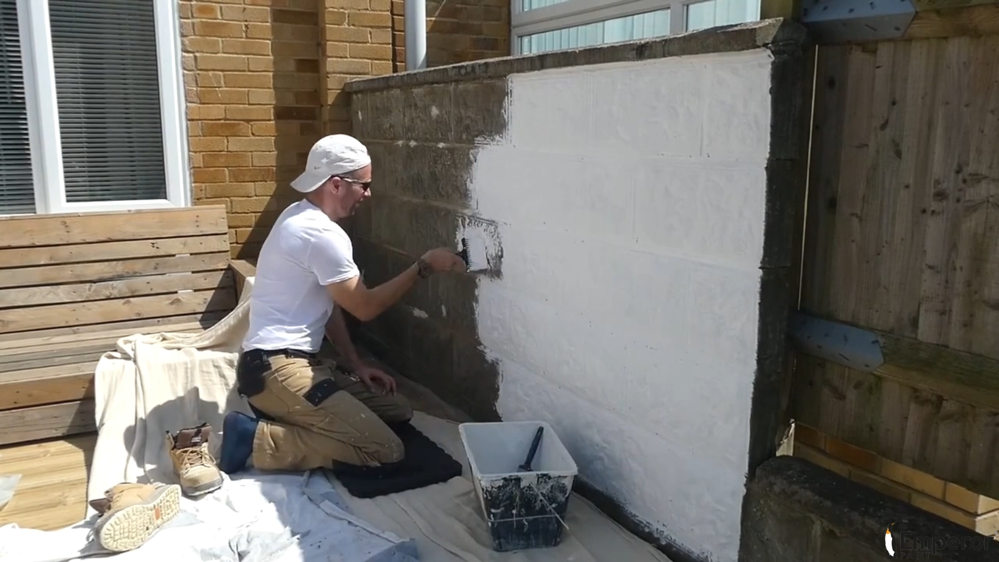
EMPEROR TEXTURED BASECOAT
Emperor Textured Basecoat can create a range of textured finishes, ideal for either repairing or covering cracks and other imperfections on exterior walls. It can also be used to create textured finishes on full walls, if a change of texture is desired. As a basecoat, it is designed to be applied to exterior walls and then overcoated by Emperor Masonry Paint, which provides the protective, decorative finish in a colour of choice.
The beauty of Emperor Textured Basecoat is that it is highly versatile as it can achieve different finishes, from light to rough textures, using our range of textured rollers. It can be simply rolled on to the surface as easily as a paint, with the various textured rollers creating the finish for you. This means that you can repair walls yourself easily and for a fraction of the cost of traditional rendering.
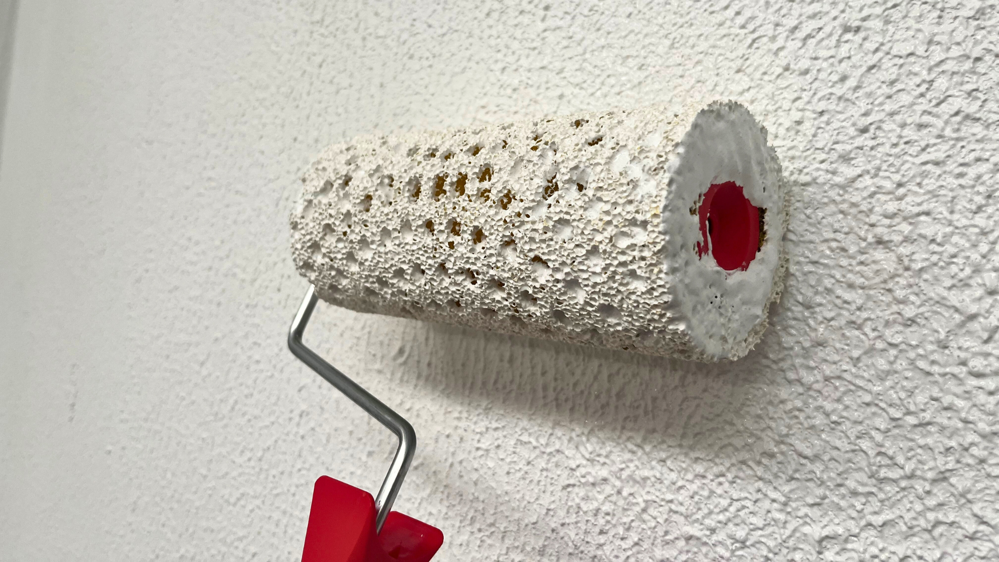
Crucially, Emperor Textured Basecoat does not compromise the performance of the wall like some textured paints can.
Firstly, it is 100% compatible as a basecoat with Emperor Masonry Paint meaning it works with the paint and not against it, for optimum performance.
Secondly, it is highly breathable with an SD breathability rating of 0.04, ensuring you do not compromise the breathability of the surface you apply it to.
How To Apply Textured Paint
If you want to transform your exterior walls by repairing a textured finish or creating one from scratch don’t worry, it is easy. Here is our experts step-by-step guide to applying textured paint from start to finish.
YOU WILL NEED
- Emperor Masonry Paint
- Emperor Textured Basecoat
- Masonry roller (long-pile roller)
- Textured roller
- Paint tray or scuttle
- Paint brush
- Dust sheets
- Window film
- Masking tape
- Exterior filler & filling knife (may be required)
- 120 grit sandpaper
- Scraper (may be required)
1. PREPARATION
Preparation is one of the most important parts of the decorating process. Without preparing the surface correctly, you will not achieve beautiful, long-lasting results. The paint could have problems adhering either during the application process or after a matter of months could fail, if you don’t take the time at this stage. Preparation ultimately is about ensuring the surface is clean, dry and sound.
Firstly start by filling any cracks or holes in the masonry that are over 0.5mm – any cracks smaller than this can be filled by Emperor Textured Basecoat. Remove any loose mortar and rubble from the hole or crack as this ensures the filler can create a strong bond.
Using a good exterior filler such as Toupret Masonry Repair Filler fill the masonry by working the filler back and forth into hole or crack and allow to fully dry.
If the surface has been previously painted, remove any loose or flaking paint using a scraper or a stiff-bristled brush. You do not need to remove any paint that is still sound and fully bonded to the wall. At this stage check the surface is sound and that there is no loose masonry or render. By tapping on the surface gently you can hear if the surface is hollow and therefore needs further repairs.
A crucial step in preparing exterior walls is to clean them. This is a two-step process which firstly involves washing the walls down to remove surface-level dirt. This can be done using a hose-pipe, pressure washer (on a low pressure) or a brush and hot soapy water.
Once allowed to dry, on any areas that show mould or organic growth apply a fungicidal masonry cleaner such as Emperor Masonry Cleaner. Simply apply the cleaner with a brush or roller and allow it to dry for a minimum of 2 hours. It is not necessary to wash this off as you will be painting over the top of it and therefore will not see the residue left by the cleaner.
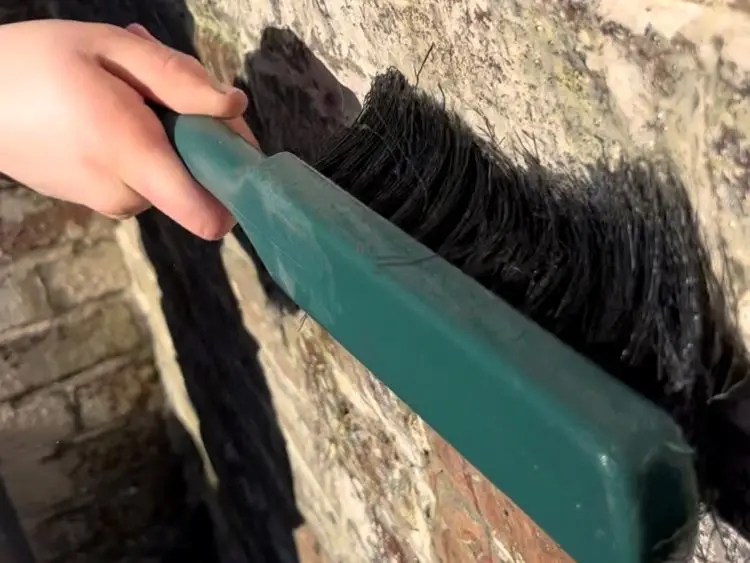
Finally cover any surfaces that you do not want to paint in order to achieve a neat finish and reduce any clean-up. Apply masking tape along any the edges of the masonry and your exterior trim such as doors and windows. It is also recommended to put down dust sheets to reduce the risk of paint splashing on to other surfaces.
2. BASECOAT
Emperor Textured Basecoat is self-priming, so you do not need to apply primer before applying the product. This is not a required step if you simply want to paint the surface, it is only if you want to achieve a textured finish. If you do not want to create a textured finish, simply apply one-coat of Emperor Exterior Primer to any bare surfaces.
Depending on the application method, you can create a range of finishes. We created three textured rollers that can be used; light, medium and rough. You can also apply the basecoat with a brush in order to create a different texture.
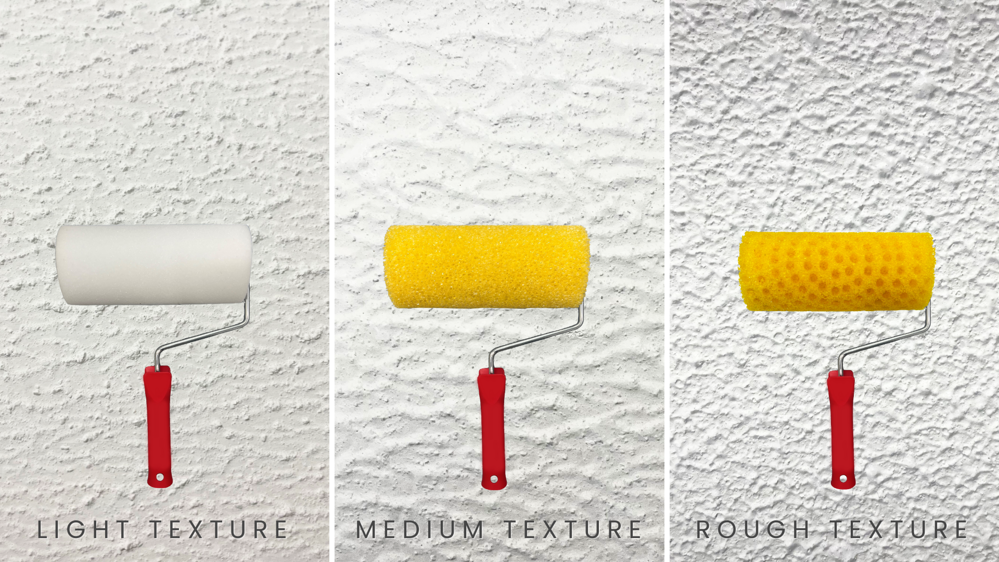
Generously load your chosen textured roller with the basecoat and simply roll over the surface of the wall. The key is to avoid spreading too thinly as you will lose the texture you have created with the roller.
You can expect to get a coverage of 350-500g per m², which will depend on the level of texture you are applying. Once applied, allow to dry for 24 hours at 20°C.
3. PAINT
Now it is time to paint the exterior wall. Before starting ensure conditions are not below 5°C as this will affect the performance of the masonry paint.
Starting from the top of the wall, use a paint brush to cut in around the edges of the surface. Once this is done, use your long-pile masonry roller to apply the first coat of paint to the rest of the wall.
Once you have finished your first coat, allow to completely dry for a minimum of 8 hours at 20°C.
You can then apply the second coat to the wall, taking care to ensure you get the best possible finish. Once dry, it can take up to 10 days to see the full beading effect of the paint, however during this time the exterior wall will still be full protected from the elements.
We know that finding what products you need for your project can feel overwhelming, but we’ve made it easy! Take our project quiz to get personalised recommendations and find the right products for your project in a few clicks.
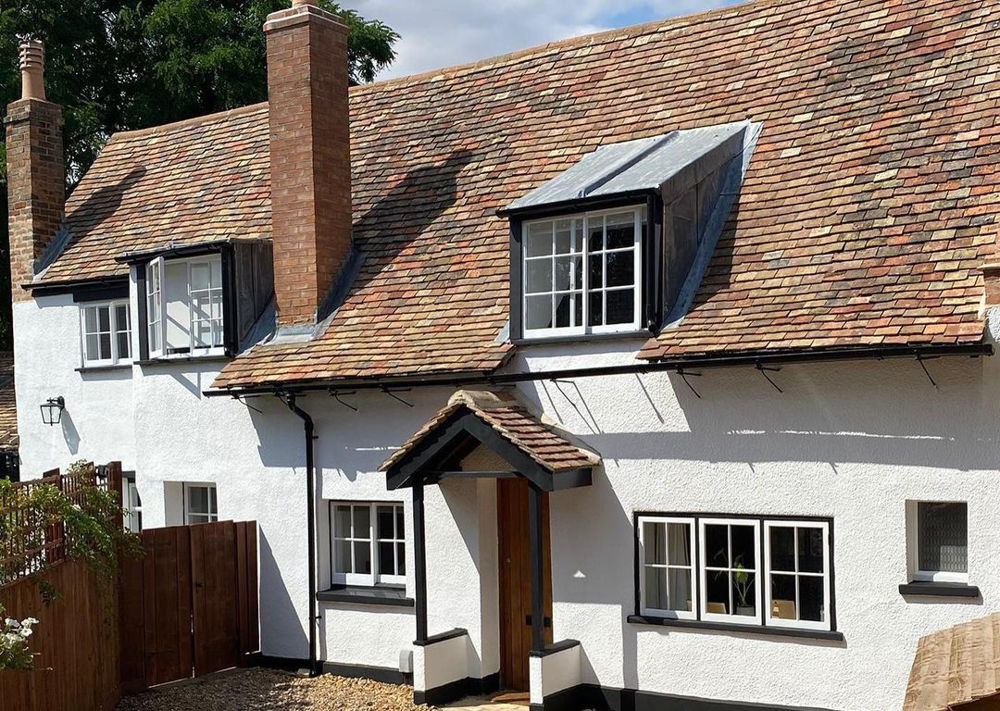
Frequently Asked Questions
Q. IS A TEXTURED FINISH RECOMMENDED FOR COASTAL OR RURAL AREAS?
A textured finish is often common in rural and coastal areas generally because these finishes are easier to repair if cracks and other imperfections arise.
Q. DO TEXTURED FINISHES GET DIRTY?
One of the most common problems homeowners can experience with textured finishes is that they have a tendency to gather dirt over-time. This is due to the small gaps between the stipple of the texture that can create the ideal space for dirt to attach. These gaps also allow moisture to gather, which causes organic growth to develop.
The result is that textured finishes can discolour easily in a short period of time which is why smoother finishes are often chosen.
This can be resolved however using Emperor Masonry Paint thanks to its self-cleaning properties. As the super hydrophobic surface that Emperor Masonry Paint creates repels rainwater, this rainwater gathers any dirt that attaches to the textured surface and washes it away. Furthermore, by preventing water soaking into the surface, the paint also helps to prevent the conditions required for organic growth to develop, reducing algae and other fungus.
Q. DOES EMPEROR TEXTURED BASECOAT REPAIR RENDER?
Yes, if you have areas of render that have failed, you can apply the basecoat in order to marry up the repair with the existing surface (once the failed areas have been removed). The alternative repair using a traditional render could be much more expensive and time-consuming, making Emperor Textured Basecoat an ideal render repair system.
We hope we have answered any questions you may have had regarding textured paint and how to apply them to exterior walls. If you have any other questions or would like advice, feel free to get in touch with our team of experts who are on hand to assist you. Contact them today by emailing [email protected] or calling them on 01254 936121.


